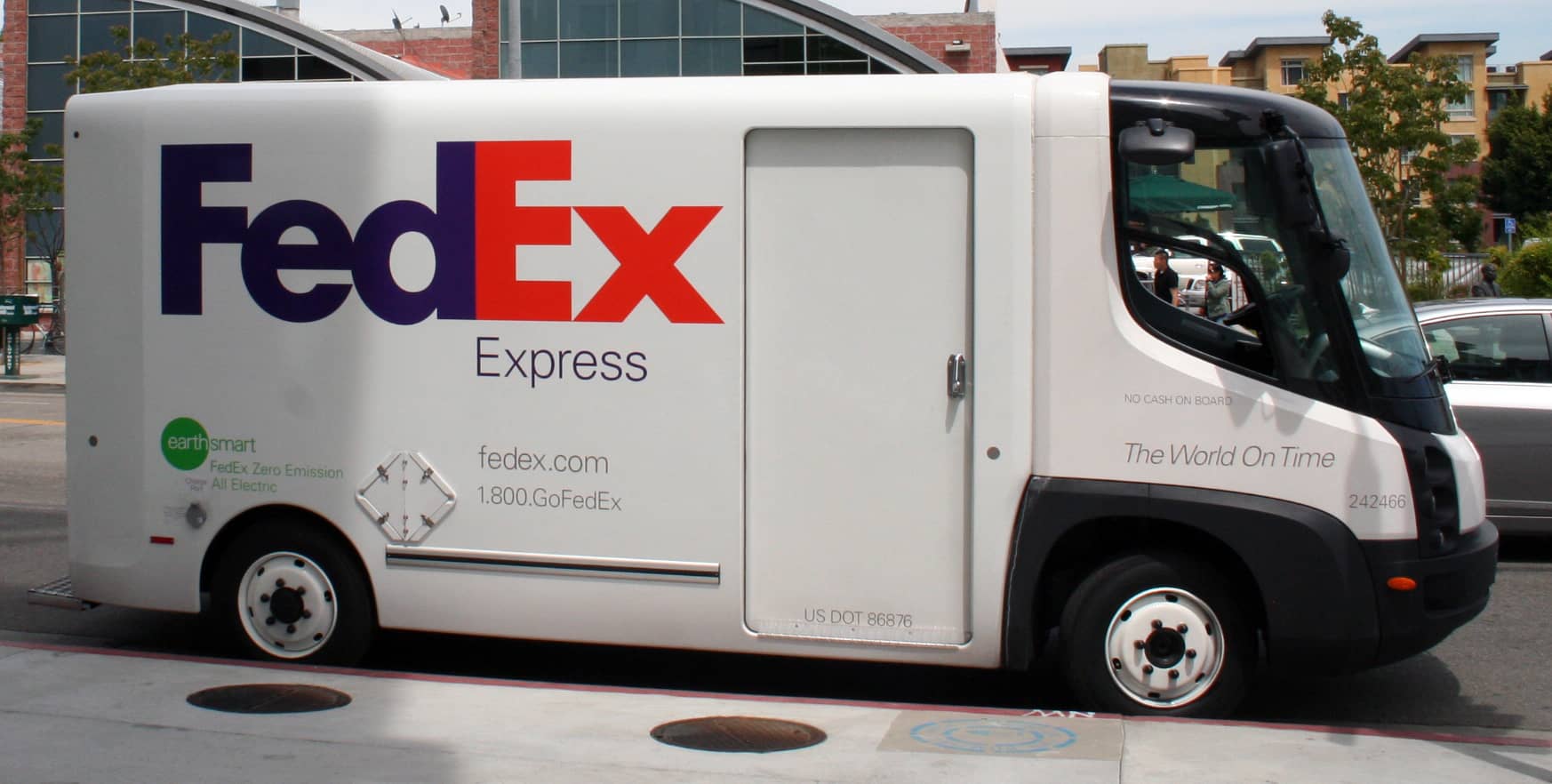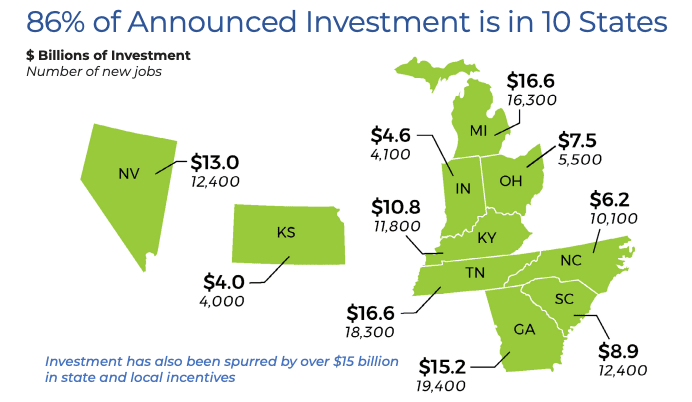Clearing the Air: California’s Leadership on Clean Trucks

This blog is co-authored by NRDC’s Britt Carmon, Guillermo A. Ortiz, and David Pettit. It originally appeared here.
California has long grappled with the challenge of improving its air quality, which ranks as the worst in the country. Heavy-duty diesel trucks, which are significant contributors to air and climate pollution, make it difficult for the state to achieve nationwide air quality standards. As such, it should be no surprise that the transportation sector remains the largest source of greenhouse gas emissions, not only in California, but nationwide as well. However, the scale of the problem is not insurmountable. California has also been at the forefront of regulating tailpipe and motor vehicle greenhouse gas emissions and has made steady progress towards cleaner air for decades.
The Power of EPA Preemption Waivers
A significant driving force behind California’s successes in combating air pollution lies in its authority to set vehicle emission standards under the Clean Air Act (CAA). Under the CAA, EPA must grant California preemption waivers for vehicle pollution standards that meet certain requirements under the statute. When California adopts vehicle pollution standards, other states may follow suit and adopt identical rules. As a result, California’s motor vehicle regulations have been adopted by numerous states, covering over 30% of the new vehicle market.
On April 6, 2023, the EPA took a decisive step towards cleaner air by granting waivers for several important regulations, including the Advanced Clean Trucks (ACT) rule.
Understanding the ACT
Adopted by the California Air Resources Board (CARB) in 2021, the ACT rule requires manufacturers to produce and sell increasing percentages of medium- and heavy-duty zero-emission vehicles (ZEVs) and near-zero emission vehicles in California, starting from the 2024 model year. By 2035, between 40% and 75% of trucks sold in California must be zero or near zero-emission, depending on the vehicle class.
The ACT rule has been embraced by states and industry alike. Eight states have adopted the ACT regulation: California, Colorado, Massachusetts, New Jersey, New York, Oregon, Vermont and Washington. Maryland will soon become the ninth state, having recently passed a law requiring the Maryland Department of Environment to adopt the rule by the end of 2023. Including Maryland, ACT states now account for 24% of national truck sales. Additionally, Connecticut, Rhode Island, North Carolina and New Mexico are moving towards adopting the ACT.
Major businesses across the nation support ACT, including more than 85 companies that signed a letter urging governors across the country to adopt the policy. And in an agreement announced on July 6, the major truck and engine manufacturers (that are the regulated entities) committed to meet ACT, as well as a 100 percent ZEV sales requirement in 2036 included in California’s separate Advanced Clean Fleets (ACF) rule.
EV Investments Mean Jobs and Consumer Benefits
Substantial investments in the Inflation Reduction Act (IRA) will help to further improve the feasibility and cost-effectiveness of standards like the ACT rule that deploy more ZEVs. Last March, EDF and WSP found that in the last eight years, over $120 billion in private sector EV and battery manufacturing investments, which will create 143,000 new jobs across the country have been announced, with more than 40 percent of announced investments occurring since the passage of the IRA. And 86 percent of the announced investments are in 10 states (pictured below).

The IRA has also led to a significant decrease in upfront and lifetime ownership costs of EVs for consumers and fleets. A recent analysis by Roush found that IRA credits help absorb the near-term higher upfront cost of battery electric trucks and will accelerate the purchase parity and the total cost of ownership parity with diesel trucks. As a result of the IRA, the purchaser of a battery electric vehicle (EV) in MY 2024 could save an estimated $18,000 on a Class 3 delivery van and $500,000 on an urban transit bus over the life of the EV compared to a comparable diesel vehicle.
Total ownership costs of passenger EVs are also declining and show savings compared to gasoline vehicles. Another analysis performed by WSP compared the lifetime costs of owning and operating a number of the most popular or widely anticipated current EVs compared to gasoline vehicles over a 10 year period, including the Chevy Equinox EV and the Ford F-150 Lightning. In the same timeframe, all of the studied EVs are estimated to be less expensive to own and operate than the comparable gasoline vehicle, with total life-time savings of up to $18,440.
Legal Challenges
While ACT is poised to bring critical improvements to the air quality in California and the Section 177 states that have adopted it, a group of Republican state attorneys general, along with oil and gas groups and trucking groups, filed petitions in June to challenge the ACT waiver. Paradoxically, the transition to a cleaner transportation sector is creating enormous economic benefit and job creation in some of the very states these AGs represent, including Kansas, Indiana, Ohio, Kentucky, South Carolina, and Georgia (see map above). A group of states led by California, along with NRDC, EDF, and other groups, have intervened in the case to help EPA defend the waiver. Notably, the regulated entities that would be subject to comply with these standards (the truck and engine manufacturers) are not involved in the lawsuit. In fact, they have agreed not to pursue legal attacks or lobbying in states that adopt ACT.
Conclusion
California’s pursuit of better air quality remains a crucial mission for the well-being of its residents and the environment. The EPA’s recent grants of preemption waivers for essential regulations is a significant step forward. As the legal battle proceeds, it is vital to recognize the dual benefits of programs like ACT in fostering cleaner air and a more sustainable future for all.












